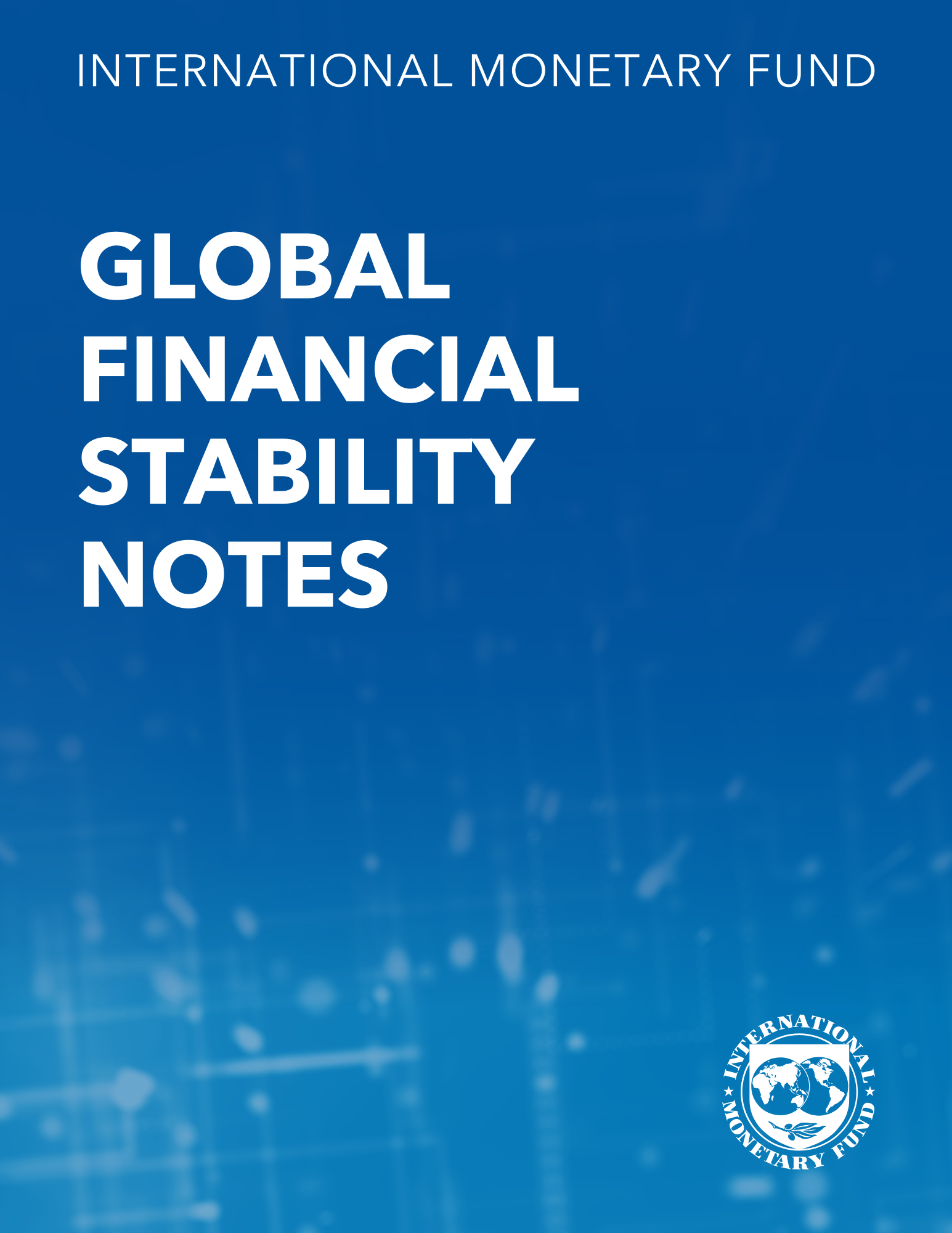The Effectiveness of Central Bank Interventions During the First Phase of the Subprime Crisis
September 1, 2009
Disclaimer: This Working Paper should not be reported as representing the views of the IMF.The views expressed in this Working Paper are those of the author(s) and do not necessarily represent those of the IMF or IMF policy. Working Papers describe research in progress by the author(s) and are published to elicit comments and to further debate
Summary
This paper provides evidence that central bank interventions had a statistically significant impact on easing stress in unsecured interbank markets during the first phase of the subprime crisis which began in July 2007. Extraordinary liquidity provisions, such as the Term Auction Facility by the Federal Reserve, are analyzed. First a decomposition of the Libor-OIS spread indicates that credit premia increased in importance as the crisis deepened. Second, using Markov switching models, central bank operations are then graphically associated with reductions in term funding stress. Finally, bivariate VAR and GARCH models are adopted to econometrically quantified these impacts. While helpful in compressing Libor spreads, the economic magnitudes of central interventions have overall not been very large.
Subject: Banking, Interbank markets, Interbank rates, Liquidity, Money markets
Keywords: federal funds, Libor, subprime crisis, WP
Pages:
28
Volume:
2009
DOI:
Issue:
206
Series:
Working Paper No. 2009/206
Stock No:
WPIEA2009206
ISBN:
9781451873535
ISSN:
1018-5941





